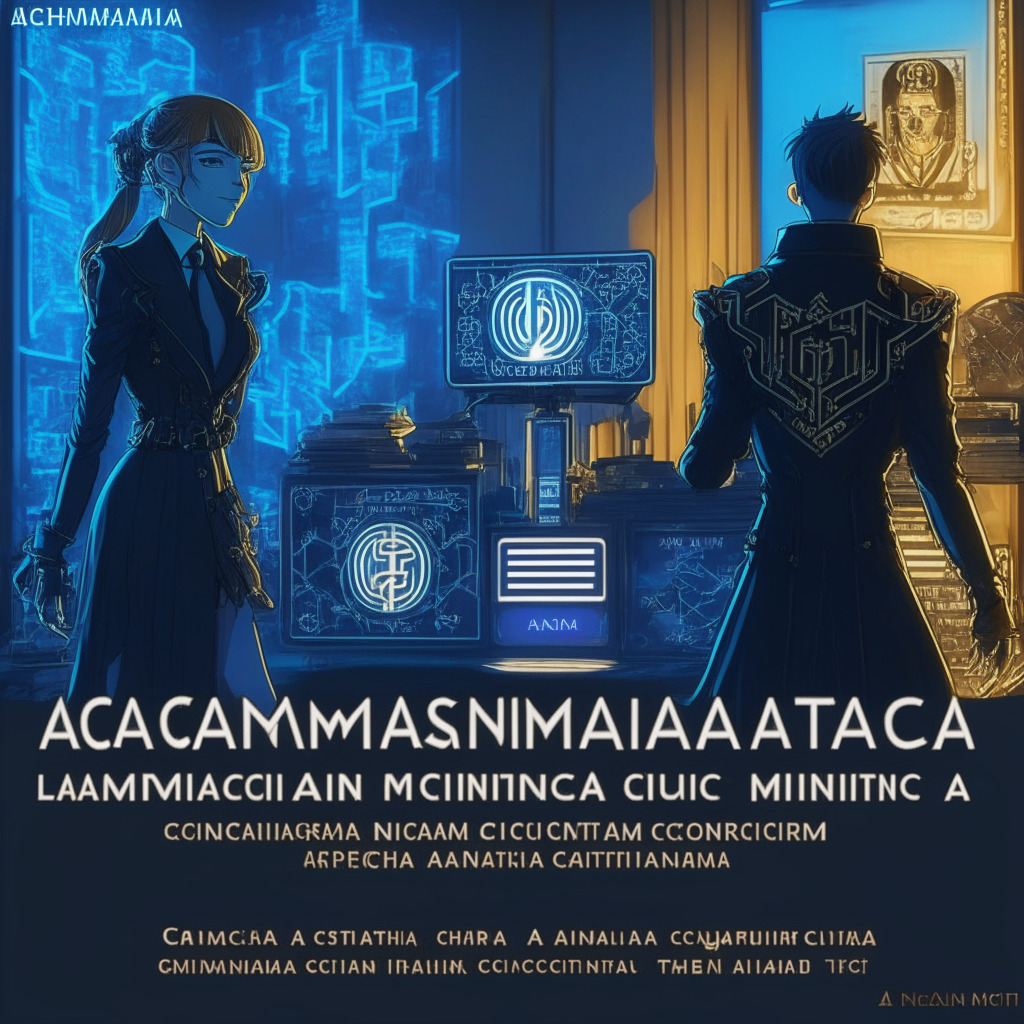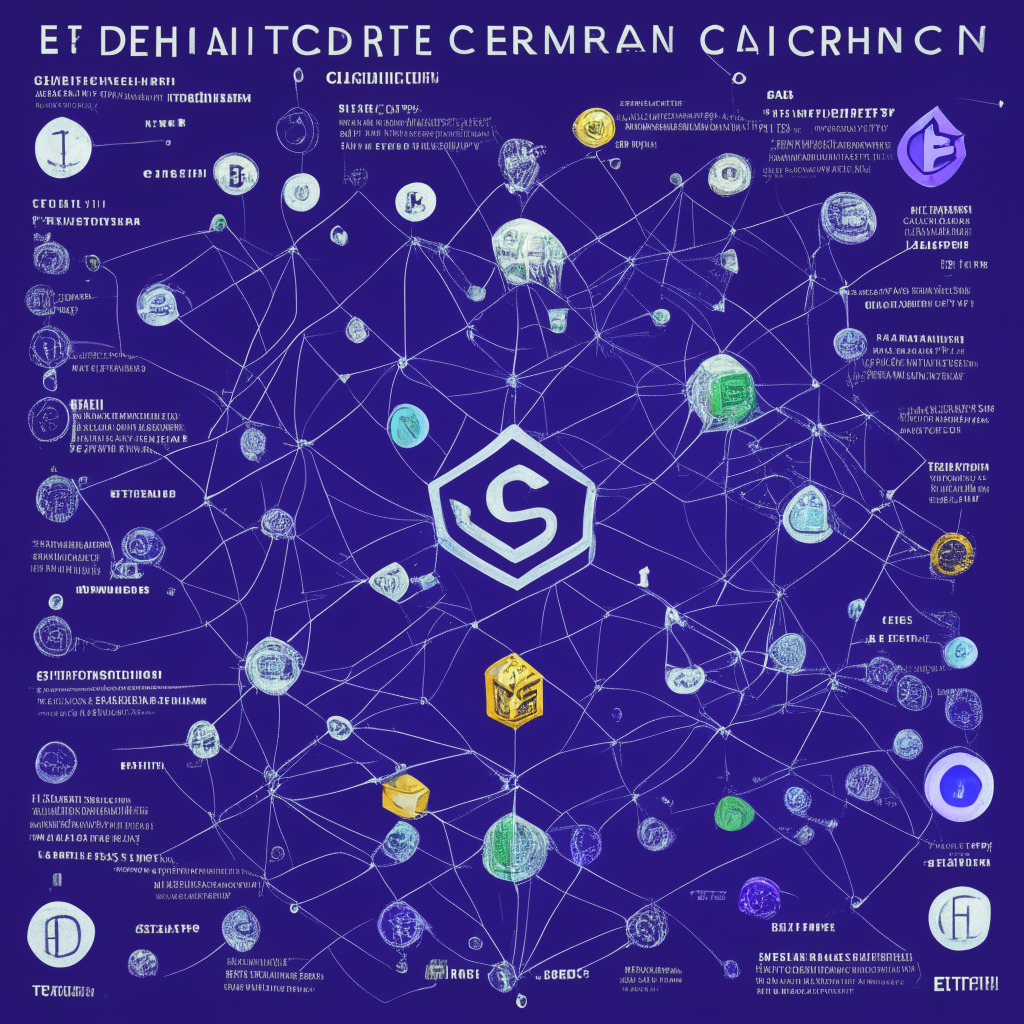In a recent turn of events, Ethereum developers have breathed new life into the Holesky test network. Their second attempt to establish the network appears to be a resounding success after an early live stream showed strong initial results. One developer amiably joked that there’s no plan for a third build given the early success of Holesky’s second incarnation.
As with everything in the cryptoverse, the second launch was met with cheer from the digital asset community. A notable sentiment came from X user “sassal.eth” who congratulated the team behind the launch.
The Holesky test network has been constructed as a helper for some of the more sizeable smart contract projects. Its capacity dwarfs that of Ethereum’s current test networks: Goerli and Sepolia. Holesky can accommodate around 1.4 million validators, which is about twice as many as Ethereum, effectively addressing any scalability concerns on the testnet.
Perhaps one of the reasons why the earlier glitch was handled so swiftly is due to the network’s vital role in Ethereum’s future. The testnet is expected to last for a quite a while, and is projected to contribute significantly in Dencun hardfork’s introduction.
But, let’s analyse what exactly happened the first time. Initially, Holesky was slated for launch on Sept 15, to pay tribute to the one-year anniversary of the Ethereum Merge. A big change, the Merge saw Ethereum transitioning from a Proof-of-Stake (PoS) consensus mechanism and bid adieu to miners.
The launch, people hoped, would be the start of a slow transition, which would eventually replace the Goerli testnet by 2024. However, technological setbacks arose just a few hours post-launch. As per Ethereum researcher Diederick Loerakker, the malfunction occurred due to incorrect data from parts of the Genesis files. Subsequently attributed to a misconfiguration, the network failed to take off.
Even though this led to a slight delay in plans, observers such as Beaconchain.eth emphasized that no long-term damage was inflicted. This, indeed, is the very purpose of a testnet.
If things remain on track, Holesky could help Ethereum to further outpace its competitors in terms of decentralized applications (dApps). With the potential to attract significant projects thanks to its superior scaling, this new testnet might just mark a decisive shift in the crypto landscape.
Source: Cryptonews




